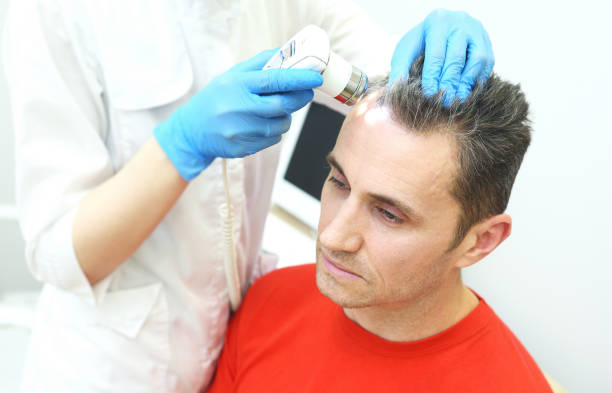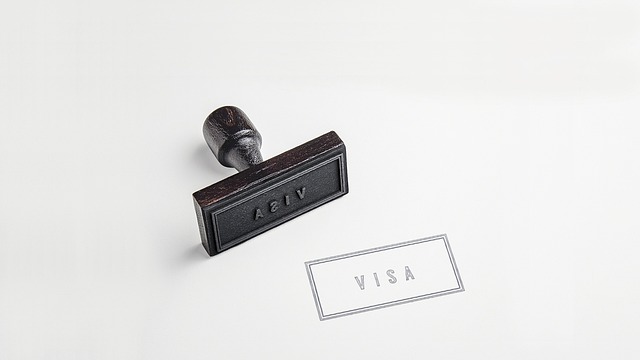When to use short-term corticosteroid therapy
Short-term topical corticosteroid therapy can provide prompt relief for scalp psoriasis symptoms such as itching, scaling and inflammation while a longer-term management plan is established. This article explains clinical indications, mechanisms of action, monitoring needs, alternative options including light therapy, and practical patient education to support safe, effective care.

Scalp psoriasis often presents with intense itching, visible scale and inflammatory plaques that can disrupt sleep, work and social activities. Short-term topical corticosteroid therapy is commonly used during acute flares to reduce inflammation rapidly, relieve symptoms and create a window for initiating or optimising maintenance treatments. Decisions about initiation, potency and duration should be individualised and guided by a dermatologist who evaluates disease extent and patient‑specific risks.
This article is for informational purposes only and should not be considered medical advice. Please consult a qualified healthcare professional for personalized guidance and treatment.
What is scalp psoriasis and when is active management needed (psoriasis, scalp)?
Scalp psoriasis is a chronic inflammatory skin condition characterised by well‑demarcated plaques, silvery scale and variable erythema on the hair-bearing scalp. Severity ranges from mild, localized flaking to confluent, thick plaques that extend beyond the hairline. Active management is often needed when itching or scaling becomes intense, lesions worsen rapidly, or daily functioning is impaired. A dermatologist’s assessment helps confirm the diagnosis, exclude mimics such as seborrhoeic dermatitis or fungal infections, and determine whether a short corticosteroid course is appropriate.
How do dermatology decisions shape short-term therapy (dermatology)?
Dermatologists evaluate lesion extent, prior treatment response, patient age and comorbidities to choose the appropriate potency, vehicle and duration. For the scalp, foam, lotion or oil vehicles are frequently preferred because they spread through hair and contact the skin effectively. Short courses typically last from several days up to 2–4 weeks depending on clinical response and steroid potency. Follow‑up visits allow early detection of adverse effects and timely transition to a maintenance plan that minimises cumulative steroid exposure.
How do topical steroids reduce inflammation (topical, steroid, inflammation)?
Topical corticosteroids suppress local immune activity and inflammatory signalling, which reduces redness, itching and scale. The choice of steroid potency is balanced against risk: lower‑to‑mid potency is often selected for the scalp when possible, with higher potency reserved for resistant plaques under close supervision. Correct application—including using the smallest effective quantity and limiting duration—helps achieve symptom relief while lowering the risk of skin thinning and other local side effects.
What role do medicated shampoos and precautions play (shampoo, itch, scaling)?
Medicated shampoos with keratolytic agents (for example, salicylic acid) or coal tar help soften and remove scales and improve penetration of topical agents. Combining a short steroid course with a suitable medicated shampoo often produces faster and more durable symptom control than either approach alone. Patients should avoid aggressive scrubbing, chemical hair treatments and frequent mechanical trauma to the scalp, as these can aggravate inflammation and counteract therapy.
What risks should be monitored and how is safety ensured (inflammation, steroid)?
Even brief topical steroid use can cause local effects such as skin atrophy, telangiectasia, folliculitis or irritation. Prolonged use, treatment of large surface areas, occlusion or high‑potency formulations increases the risk of systemic absorption and potential HPA axis suppression, particularly in children. Safe use requires clear patient instructions on frequency and duration, close dermatology follow‑up, and prompt reporting of concerning signs—such as unexpected hair loss, worsening erythema or systemic symptoms—to allow timely intervention.
What alternatives exist, including light therapy and skincare approaches (lighttherapy, skincare, patienteducation)?
When steroid exposure should be limited or for long‑term control, non‑steroidal topicals (for example, vitamin D analogues), combination products and systemic treatments for severe disease are options under specialist supervision. Phototherapy, notably narrowband UVB, can be effective for wider or refractory disease but requires clinical facilities and monitoring. Routine gentle skincare—regular, mild cleansing, moisturisation and avoidance of irritants—reduces recurrence risk. Patient education on correct application techniques, expected timeframes for improvement and trigger identification improves adherence and outcomes.
Conclusion Short‑term topical corticosteroid therapy is a useful tool for rapid control of inflammation, itch and scale in acute scalp psoriasis flares. Appropriate dermatology assessment, careful choice of potency and vehicle, combination with medicated shampoos and clear patient education on safe use and monitoring help balance efficacy and safety. Long‑term management should prioritise strategies that minimise cumulative steroid exposure while maintaining disease control under professional supervision.





